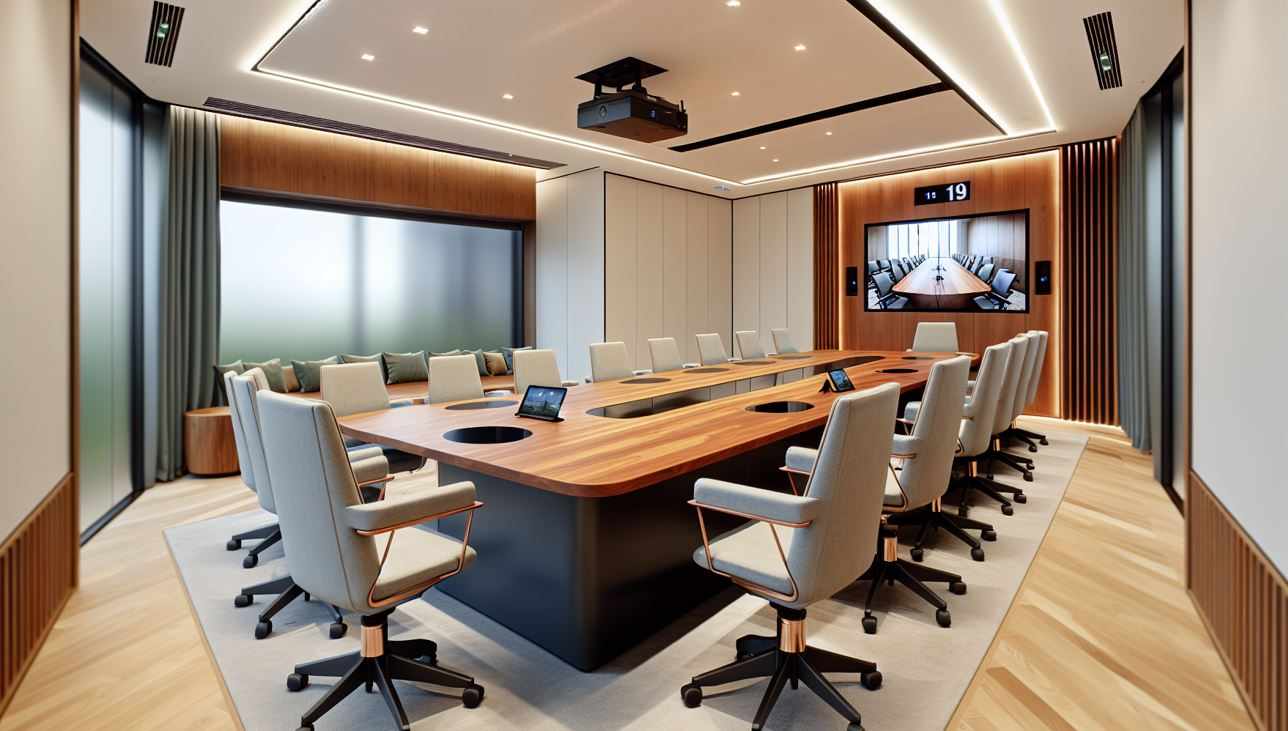If you’ve ever had to book a meeting conference room, you’ve probably realized it’s not as straightforward as it sounds. Sure, there are plenty of options out there—but finding one that checks all the boxes? That’s a whole different story.
You might start with a simple goal: book a room that fits your team and gets the job done. But soon, you’re juggling questions like:
Is there reliable Wi-Fi? Are there whiteboards? Is it quiet? Is there coffee?
Whether you’re planning a brainstorming session, a pitch to investors, a board meeting, or a hybrid team call, the space you choose can make or break the experience. A good room helps people focus. A great one makes collaboration easy, ideas flow better, and time feel well spent.
Here’s how to find the right meeting conference room—without wasting yours.
Step One: Get Clear on the Purpose of the Meeting
Before you even look at spaces, ask yourself:
What kind of meeting is this?
Is it formal or informal?
Is it a quick catch-up or an all-day session?
Will it involve remote participants?
Do you need breakout areas?
Will people be presenting?
Each of these questions leads to different requirements. A quiet, distraction-free boardroom is great for executive meetings, while a more relaxed lounge-style space may work better for team ideation or planning sessions.
What to Look for in a Good Meeting Conference Room
Now let’s break down what actually matters when choosing a space.
1. Location
This one’s obvious—but often overlooked. If your attendees are coming from different parts of the city, pick a spot that’s central and close to public transport. If some participants are flying in, proximity to the airport or hotel matters.
If the location is hard to find or inconvenient, people arrive late—and the whole meeting starts off on the wrong foot.
2. Size and Layout
Make sure the room fits your group comfortably. If it's too small, people feel cramped. Too big, and it feels cold and disconnected.
Some setups to consider:
Boardroom style – Best for formal meetings or presentations
U-shape or classroom – Great for training or interactive discussions
Lounge or casual – Ideal for informal sessions or team-building
Bonus points if the space is flexible and allows for furniture rearrangement.
3. Tech Setup
Let’s be honest—tech problems kill momentum. A great meeting conference room should have:
A reliable screen or projector
HDMI or wireless connectivity (make sure it works with Mac and PC)
A whiteboard or flip chart
Fast, stable Wi-Fi
Good microphones and speakers if it's a hybrid call
If you’re hosting a video call, check lighting and sound beforehand. You don’t want to be that blurry face with echoing audio.
4. Ambience and Lighting
Natural light, comfortable chairs, good ventilation—these aren’t luxuries. They make a real difference in energy and productivity. People think more clearly and stay more engaged in a well-lit, clean, professional space.
Also, some rooms just feel better. The vibe matters more than you think.
5. Support Staff
Having someone onsite who can help with setup or fix a tech issue on the spot? That’s a game-changer. Whether it’s a receptionist to welcome guests or an IT guy who can rescue your presentation five minutes before the meeting—good support makes everything smoother.
Extra Features That Take It Up a Notch
These aren’t must-haves, but they can elevate the experience:
Coffee and water station or light refreshments
Breakout zones for smaller group work
Onsite catering if it’s an all-day event
Printing services if you need to share handouts
Writing supplies (post-its, markers, notepads)
And let’s not forget privacy. If you’re discussing sensitive information, soundproofing and secure access are key.

Types of Meeting Conference Rooms Available Today
Depending on your budget, tone, and team size, here are a few options worth exploring:
1. Hotel Business Centers
These are perfect for corporate meetings, especially when you have out-of-town guests. Upside? Top-notch amenities and service. Downside? Often pricey.
2. Coworking Spaces
Modern, stylish, and usually very tech-friendly. Great for creative teams or startups. Flexible hourly or daily rates. Bonus: coffee is usually included.
3. Serviced Offices
These offer more private, formal settings. You get receptionist services, strong IT support, and a more traditional setup.
4. Dedicated Conference Facilities
If you’re running a full-day seminar or hybrid workshop, go big. These spaces are designed for productivity—with everything from catering to multi-room setups.
5. Alternative Venues
Want something less corporate? Some cafés, art galleries, and even boutique bookstores offer private rental space. They may not be equipped for formal presentations—but they’re perfect for casual creative sessions.
Budgeting Tips
How much should you spend? Here’s a rough guide (rates vary based on city and provider):
Small room (2–6 people): $200–$500 for half-day
Medium room (6–15 people): $500–$1000 full-day
Large room (15+ people): $1000–$3000+ depending on extras
Look for packages that include coffee, Wi-Fi, AV use, and maybe printing or notepads. Some spaces offer discounted multi-day or recurring bookings.
Final Thought
The right meeting conference room doesn’t just hold people and chairs—it helps shape the tone, flow, and success of your meeting. Whether you’re making big decisions, sparking creativity, or pitching the next big thing, the space you choose matters.
Take the time to tour the venue if you can. Ask the right questions. Test the tech. And above all—choose a space where people will feel focused, respected, and ready to collaborate.
Because when the room works, your meeting does too.
Write a comment ...